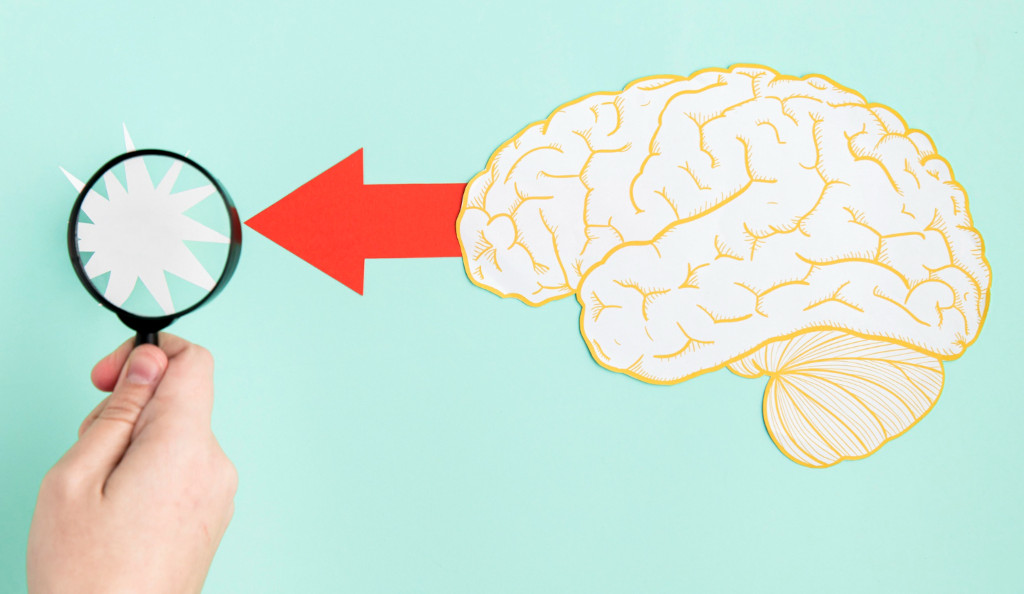SingaporeMotherhood | Parenting
October 2023
Adolescent Angst: Is It Rebellion or Depression?

“Ling, I’m so sorry. I didn’t know you were depressed.” My baby girl, now 17, tried to blink back her tears as I continued, “But you’re not alone. I was reading about the symptoms of depression. My mood swings and lack of energy are signs that I too may have depression.”
My validating and identifying with her connected us, because she smiled a watery smile, and said, “Yeah, angsty mama.”
“I am so sorry,” I offered. “I’ve been judging you and my expectations must have added to your feelings of inadequacy. Let me be a support for you as we journey through this challenge together.”
Early Symptoms of Depression
She shared that it was in June when she hit her all-time low, because the school holidays meant she no longer had to put on her sociable front in public. Instead, she allowed herself to experience her emotions, some nights crying herself to sleep.
She chose not to share then, since her sister had just been diagnosed with cancer and she did not want to add to my worries. She didn’t recognise it initially — it was only when she began her climb out that she could spot the contrast.
(See also: DARE TO FEEL: WHEN MY DAUGHTER HAS A 15-CM TUMOUR)

Looking back, I realised the signs of depression were there, but I saw them as symptoms of teenage rebellion. Instead of being empathetic, I expressed irritation and anger that she wasn’t setting a better example for her younger siblings.
1. Loss of Appetite – “I can’t finish my food.”
“Then why did you take so much?” I’d snap back. “Not finishing your food is becoming a habit. Even your sister is now following you!” The thought of whether she was overworked did cross my mind. And while I was concerned, I never connected the dots to this being a depressive symptom.
2. Withdrawn – “I don’t want to go.”
Her lack of enthusiasm to join us on family outings triggered me. While she still joined us for weekend meals out, she would insist on rushing home to study. I resented the fact that she did not make any effort to connect and would quietly just eat. Why was she disconnected?
3. Apathetic Responses – “Anything…”
It was her stock answer to any question I asked, often followed by “I don’t care.” On good days, I would try to talk to her. Yet it was so effortful, I reacted to her indifferent attitude because I felt completely shut out of her life. What happened to my happy girl who used to share everything with me?
(See also: WHEN CHILDREN SAY “I DUNNO” / “I DON’T KNOW”)
4. Increased Screen Time
Instead of sleeping early or studying, she would be playing online games, messaging friends, or mindlessly watching TikToks. Where was that sensible teenager who took the initiative to uninstall YouTube because she felt it was a distraction? It was so out of character — I was at a loss to understand.
5. Temperamental – “Shut up!”
I thought teenage hormones were responsible for her mood swings. She was so easily triggered. It was not just the frequency, but the intensity of her emotional outbreaks. She would shout, cry, and when I pointed out that she was unreasonable, she would retort that it was because she had a mother like me. That only drew more unkind words from me as I tried to keep her in check.
On hindsight, I can’t imagine how it must feel for her to experience such overwhelming emotions, while not understanding why. And then have to struggle with not measuring up to expectations too.
Behaviours Reflecting the Changing Teenager Brain

Research into the science of teenagers’ brains helped me understand that it was time to upgrade my parenting style. At least if I wanted to stay relevant as my kiddos were growing into tweens and teens. I learnt that the developing teenager brain can lead to certain behavioural changes.
#1 – Stress/Anxiety/Mental Wellness Red Alert
Adolescent brains undergo major growth and restructuring where connections are pruned. This process, called myelination, usually starts at about 11 years of age. With physical, social, and emotional changes all happening at the same time, it’s understandable why mental illnesses such as depression seem to emerge at this most vulnerable stage.
Imagine the road network in your area undergoing upgrading works. Delays are expected. It requires you to go slowly, manoeuvring through the gridlock patiently with the understanding that in time, the work will be completed and traffic will flow better than ever.
This heavy-duty re-engineering of neural pathways means tweens need a safe space with clear boundaries for security. Imagine being on high alert stress mode all the time! So, what can parents do to help?
(See also: 10 EFFECTIVE WAYS TO HELP YOUR CHILD COPE WITH STRESS)
First and foremost, ensure that home is a safe refuge to meet their physical and emotional needs. At the end of the day, you know your child best. If you’re not sure, take time to explore through conversations. I periodically ask my kids if they feel:
- Their opinions are acknowledged or disregarded.
- Supported or judged by me.
- Safe or stressed with me.
The honesty of their answers naturally depends on our responses. So I begin by giving them the right to tell me when I start being defensive because that is so natural for any parent.
#2 – Unreasonable and Emotional Outbursts
Brain remodelling starts from the back, with the logical prefrontal lobes the last to be completed at around 25 years. Parents can expect extreme emotional outbursts as their child’s amygdala hijacks their responses. Imagine this fear centre kidnapping neutral information and sending out automatic impulses.

Rude back-talk, angry outbursts, and unreasonable thought processes are all because they’re dominated by their feeling brain. Understanding their brain is not an excuse for disrespectful behaviour. However, you can avoid clashes by not reacting to their outbursts in the heat of the moment.
Remember this strategy: Engage, don’t Enrage. Firstly, be the source of calmness during the emotional chaos. Then wait till after the fight-or-flight chemicals drain out of their body (it generally takes about 20 minutes) before talking to them.
Engage their prefrontal cognitive functions with solutions for future emotional moments. The more we engage them to come up with ideas for self-regulation, the faster their brains form resilient connections.
I used to dread emotional outbursts because they triggered my own rage. Walking away in the moment is a trained response that prevents bigger explosions. I would go for a jog, take a shower, or just tell them “Time out”. This meant not talking for the next five minutes because I knew whatever came out of our mouths would hurt.
(See also: SABOTEURS OR SAGES – WHOSE VOICES ARE YOU LISTENING TO?)
#3 – Night Owl Routine
The sleep hormone acts differently in tweens and teens than adults or young children. Melatonin is released later, which means they are still alert late at night, and struggle to wake in the morning. Lack of sleep impacts attention spans at school, impulse control, and upsets their overall mental functions.
I laugh as I recall expecting my tweens to keep to their pre-teen routine of sleeping at 9pm. It was just not realistic and the source of many unhappy moments. My 11-year-old would complain that lying awake in bed was a waste of time.
I have since learnt to stagger bedtimes for the older and younger ones (who get grouchy when they don’t sleep enough). The only rule we maintain is no screentime after 10pm. The older ones typically unwind by journalling, reading a book, or catching up on anything that makes them happy. For myself, I am mindful to limit my own screentime too.
Harness Emotional Contagion

As I walked away from my daughter to prepare dinner, I thought about the theory of emotional contagion. While it is common knowledge that we can be infected by someone’s flu germs, did you know that you can catch someone else’s bad mood?
Mirror neurons are responsible for why we unconsciously imitate another’s non-verbal cues. For example, you sense someone yawn and you feel like yawning. Or someone frowns and you unconsciously copy their frown. The feedback stage is when you begin to feel angry as a result.
The final stage is when people share experiences until their emotions and behaviours — positive or negative — are in harmony. Emotional contagion impacts the entire family, so it is easy to understand why good moods spread too.
What is your family’s default emotion?
Now that you understand the emotional contagion theory, start noticing the moment you detect a frown or angry tone, and choose not to mirror that. Instead, shift your mood in that instant to create a different experience for your family member such that joy, peace, and love are daily experiences at home.
 | Author of “The Naked Parent”, founder of Mum Space, and mother to five amazing children, Junia is a respected thought-leader in the parenting space. Recognised for empowering parents and kids with her 21st-century parenting model for over a decade, she now brings her ‘Modern Asian Mother’ expertise and experience to this exclusive SingaporeMotherhood column. |
Featured image: 8photo on Freepik
All content from this article, including images, cannot be reproduced without credits or written permission from SingaporeMotherhood.
Follow us on Facebook, Instagram, and Telegram for the latest article and promotion updates.





